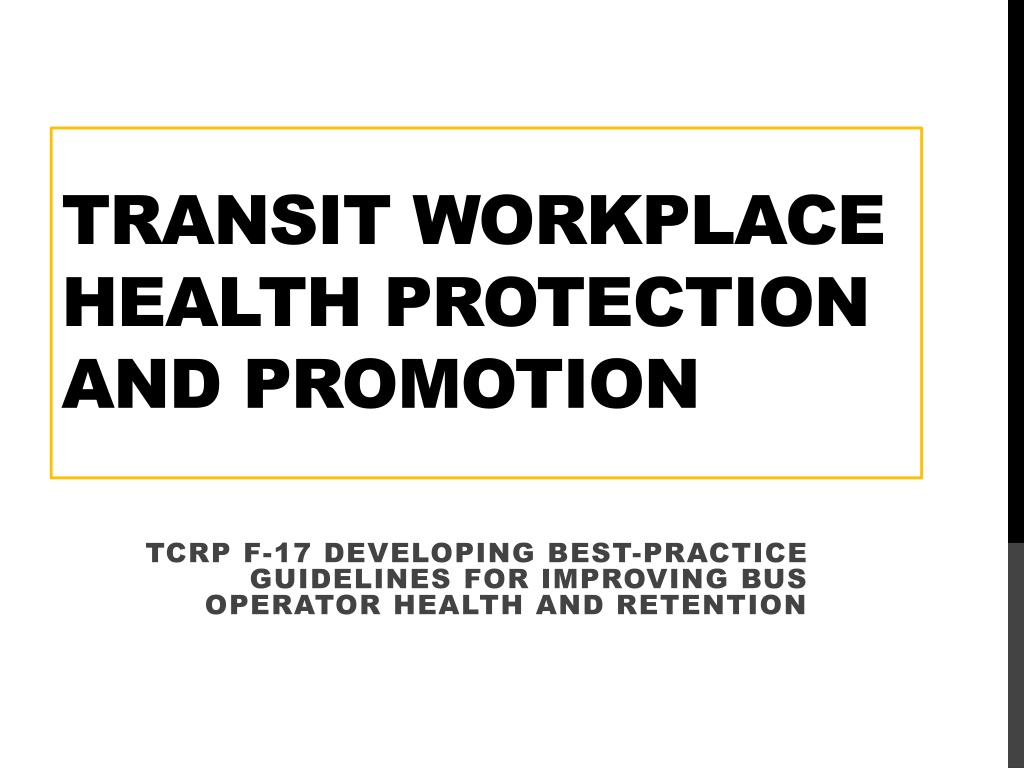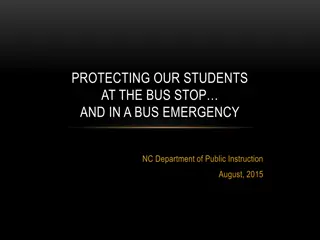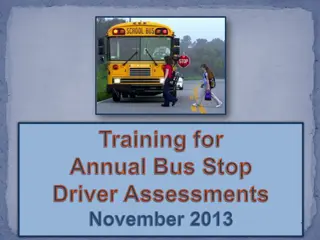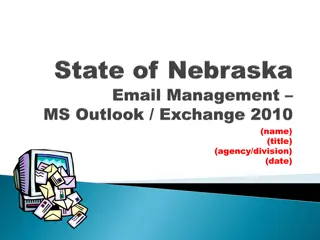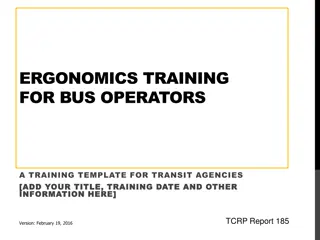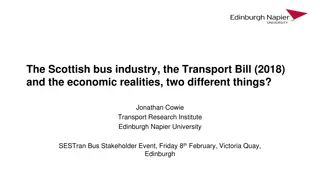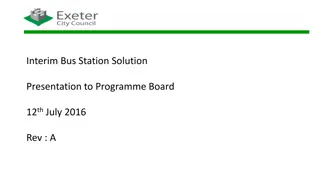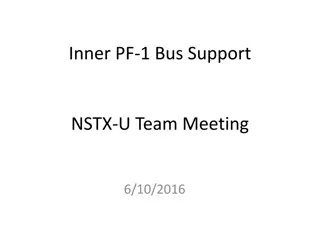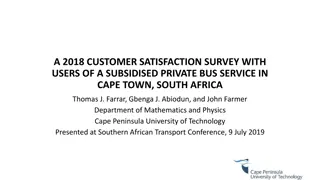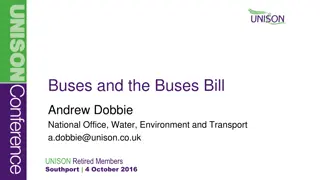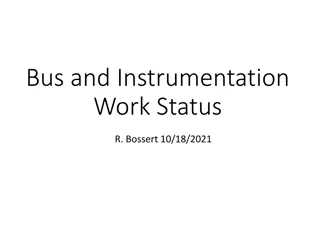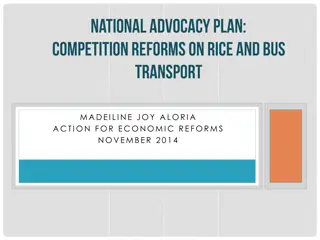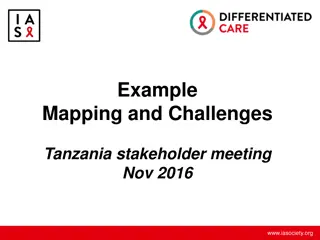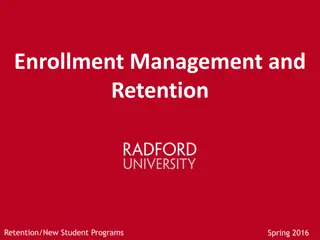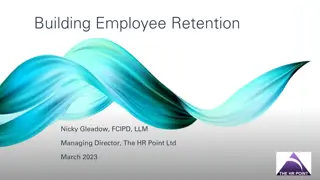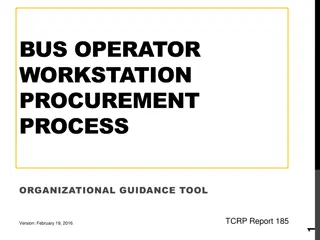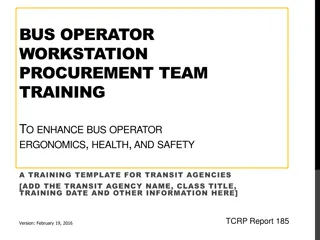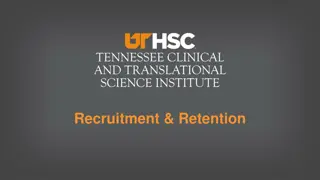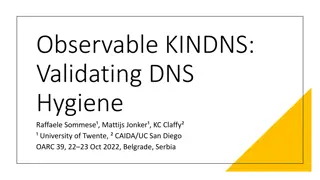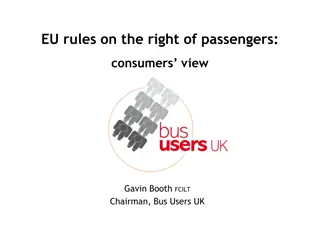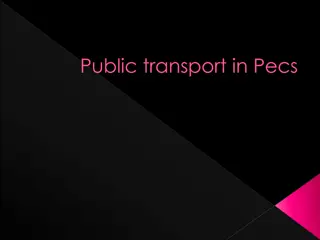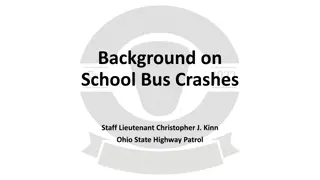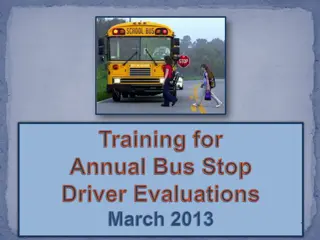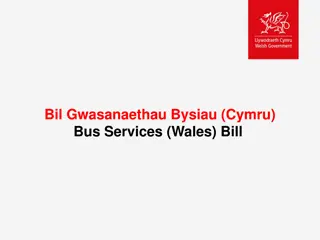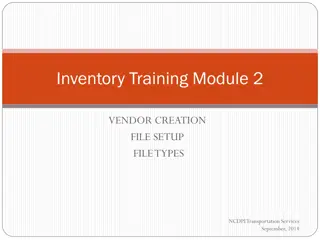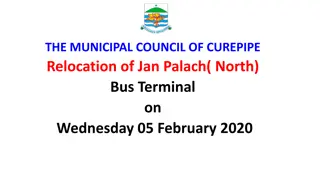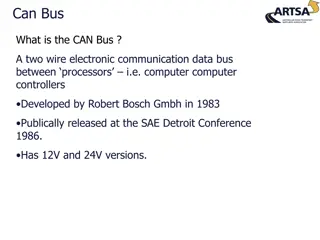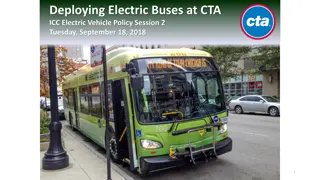Improving Bus Operator Health and Retention Through Best Practices
This research focuses on developing guidelines to enhance bus operator health and retention by addressing the prevalent risks such as hypertension, diabetes, and sleep disturbances. It highlights the importance of creating a healthy workplace environment, low participation in health programs, and the significance of considering multiple factors for effective intervention. Stakeholders are urged to contribute transit-specific programs to improve operator well-being.
Download Presentation

Please find below an Image/Link to download the presentation.
The content on the website is provided AS IS for your information and personal use only. It may not be sold, licensed, or shared on other websites without obtaining consent from the author. Download presentation by click this link. If you encounter any issues during the download, it is possible that the publisher has removed the file from their server.
E N D
Presentation Transcript
TRANSIT WORKPLACE HEALTH PROTECTION AND PROMOTION TCRP F-17 DEVELOPING BEST-PRACTICE GUIDELINES FOR IMPROVING BUS OPERATOR HEALTH AND RETENTION
A HEALTHY WORKPLACE Addressing the health and safety concerns in the physical work environment Meeting the health, safety and well-being concerns in the psychosocial work environment including organization of work and the workplace culture Allowing access to personal health resources in the workplace Providing opportunities for participating in the community to improve the health of workers, their families and others World Health Organization, 2010
BUS OPERATORS ARE AT RISK WORLD-WIDE Increased prevalence Hypertension Diabetes Cardiovascular disease Stroke Related conditions Sleep disturbance Overweight Limited physical activity
TCRP F TCRP F- -17: RESEARCH 17: RESEARCH AND PRACTICE AND PRACTICE In-depth background literature review Survey sent to 238 agencies and unions Responses from 93 different agencies 68 employers: 52 US and 15 Canadian 44 local unions: 36 US and 8 Canadian Interviews with 40 informants from 26 agencies 5 detailed case studies Subject matter experts from transit agencies and unions Research team including health promotion, occupational health and safety, epidemiology, economics
WHAT MATTERS IN THE TRANSIT WORKPLACE
F-17 FINDINGS: SUMMARY Operator health is a universal concern The work environment is important in health Bus operator participation in program activities is low Schedule demands makes participation harder Family is important in prevention There is a need to consider and address multiple factors The industry is looking for transit-specific programs All stakeholders have something to contribute
RESOURCES PROVIDED BY TCRP F-17 Workplace Health Protection and Promotion Practitioner s Guide For a transit-specific program Extensive ideas and examples Materials from transit agencies Planning, Evaluation and Return on Investment Spreadsheet Background and literature review in final report
TRANSIT AGENCY GOOD PRACTICE CASES Preparing the Organization and Making the Commitment United Transportation Workers (UTU) and Los Angeles County Metropolitan Transit Authority (LACMTA) Los Angeles, CA Building the Workplace Health Promotion Team Dallas Area Rapid Transit (DART) Dallas, TX Setting Targets in Transit Health Protection and Promotion Edmonton Transit System, Edmonton, AB Implementing & Integrating an Effective Transit Workplace Health Protection and Promotion Program Orange County Transportation Authority (OCTA), Orange County, CA Evaluation, Return on Investment, and Ongoing Improvement Capital Metro, Austin, TX Maintaining Effectiveness with Growth UTU and LACMTA
CURRENT CONCERNS AND COSTS
[THIS ORGANIZATIONS] CURRENT WHPP STATUS
WHAT WHPP COULD MEAN FOR US
WHY WORKSITE HEALTH PROTECTION AND PROMOTION More effective method for addressing operator health problems Increases credibility of prevention efforts Joins existing initiatives Health promotion Health culture Safety and health Brings together all stakeholders Management Union Health care providers
